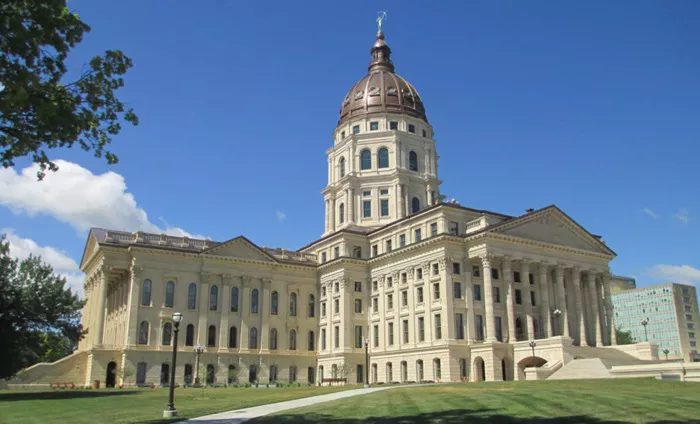January 29 has witnessed a variety of significant events throughout American history, ranging from literary publications to political milestones. This article explores these events in detail, highlighting their importance and impact on American society and culture.
What Happened on January 29 in American History?
1. The Birth of Thomas Paine (1737)
Thomas Paine, an influential figure in American history, was born on January 29, 1737. He is best known for his pamphlet “Common Sense,” published in 1776, which advocated for American independence from British rule. Paine’s writings were instrumental in galvanizing public opinion in favor of the revolutionary cause. His ability to articulate the frustrations of the colonists resonated deeply with the populace, making him a key figure in the early stages of the American Revolution. His emphasis on individual rights and democratic governance laid foundational ideas that would shape the United States’ political landscape.
2. The Death of King George III (1820)
On January 29, 1820, King George III of Great Britain passed away. His reign was marked by significant events including the American Revolutionary War, during which he became a symbol of British tyranny to many American colonists. His death marked the end of an era and was seen by some as a closure to the conflicts that had defined Anglo-American relations in the late 18th century. Following his death, the British monarchy underwent significant changes, leading to a more constitutional form of governance.
3. Publication of “The Raven” (1845)
Edgar Allan Poe’s famous narrative poem “The Raven” was published on January 29, 1845, in the New York Evening Mirror. The poem quickly gained popularity for its haunting themes and musicality. It explores themes of loss and longing, encapsulating the human experience of grief. Poe’s work contributed significantly to American literature, establishing him as a leading figure in the genre of Gothic literature. “The Raven” remains one of his most celebrated works and continues to influence writers and poets today.
4. Kansas Becomes a State (1861)
On January 29, 1861, Kansas was admitted as the 34th state of the United States. This event came during a tumultuous period marked by conflict over slavery and state rights. Kansas had been a battleground for pro-slavery and anti-slavery factions, leading to violent confrontations known as “Bleeding Kansas.” Its admission as a free state was significant in the lead-up to the Civil War, symbolizing the ongoing struggle between free and slave states within the Union.
5. The Bear River Massacre (1863)
The Bear River Massacre occurred on January 29, 1863, when U.S. Army troops attacked a Shoshone encampment in present-day Idaho. This tragic event resulted in the deaths of hundreds of Shoshone men, women, and children. The massacre exemplified the violent conflicts between Native Americans and settlers during westward expansion. It highlighted issues of land rights and sovereignty that would continue to affect Native American communities long after this event.
6. The Establishment of The Seeing Eye (1929)
On January 29, 1929, The Seeing Eye organization was founded in Nashville, Tennessee. This nonprofit organization was created to train guide dogs for visually impaired individuals. The establishment of The Seeing Eye marked a significant advancement in providing assistance to those with disabilities and improving their independence and mobility. Today, it remains one of the oldest and most respected guide dog organizations in the United States.
7. Induction into the Baseball Hall of Fame (1936)
January 29, 1936, saw the announcement of the first inductees into the Baseball Hall of Fame located in Cooperstown, New York. Legendary players such as Babe Ruth and Ty Cobb were among those honored for their contributions to America’s pastime. This event marked an important moment in sports history as it established a formal recognition system for baseball players’ achievements and contributions to the sport.
8. George W. Bush’s “Axis of Evil” Speech (2002)
In a pivotal moment in modern American politics, President George W. Bush delivered his State of the Union address on January 29, 2002, where he coined the term “axis of evil.” He referred specifically to Iraq, Iran, and North Korea as regimes that posed threats due to their pursuit of weapons of mass destruction and support for terrorism. This speech significantly shaped U.S. foreign policy post-9/11 and set the stage for military actions in Iraq and Afghanistan.
9. France Ends Nuclear Testing (1996)
On January 29, 1996, French President Jacques Chirac announced a definitive end to France’s nuclear testing program just one day after conducting a nuclear test in the South Pacific. This decision reflected growing international pressure against nuclear proliferation and highlighted France’s commitment to global disarmament efforts.
10. Cultural Events: The Mantra-Rock Dance (1967)
The Mantra-Rock Dance took place on January 29, 1967, in San Francisco as part of the counterculture movement during the 1960s. This event was seen as a major spiritual gathering for hippies and showcased various musical performances alongside spiritual teachings from leaders like A.C. Bhaktivedanta Swami Prabhupada. It symbolized a blend of Eastern spirituality with Western music culture that characterized much of San Francisco’s hippie era.
Conclusion
January 29 has been marked by numerous significant events that have shaped American history across various domains including politics, literature, civil rights, sports, and culture. Each event reflects broader historical trends and societal changes that continue to influence contemporary America today.This exploration illustrates how specific dates can encapsulate pivotal moments that resonate through time—reminding us that history is not merely a collection of dates but a tapestry woven from countless stories that define our collective identity as a nation.
Related Topics:

